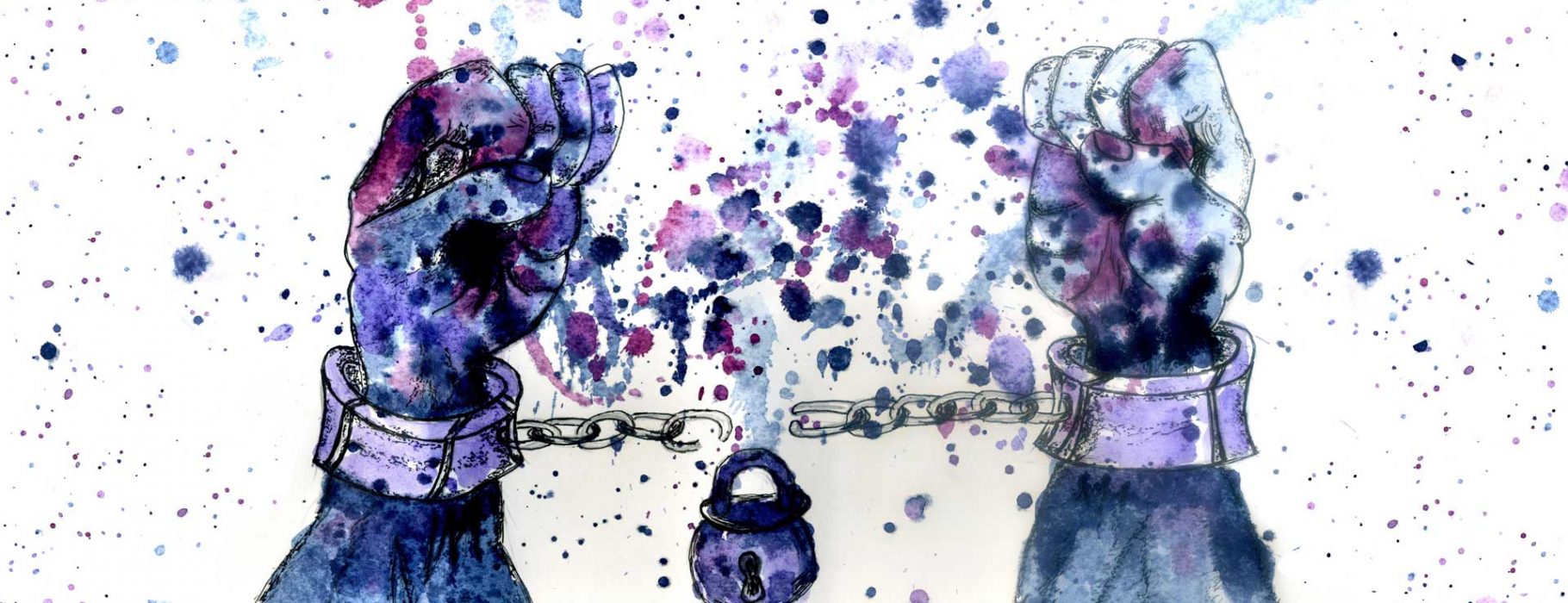The Nation, March 29, 2021
A conversation about how the pandemic has raised the stakes for the abolition movement, collective care, and a world without prisons.
Long before becoming a published writer, Mariame Kaba had already left an imprint on contemporary prison abolitionist thought. Raised in New York by a father who was a former Guinean independence fighter and a mother who took part in what some might now call mutual aid, Kaba moved to Chicago to pursue an education and stayed to organize with sexual violence survivors, young people, and formerly incarcerated people. As the founder of Project NIA, which works to end young people’s incarceration, and as an organizer of the Chicago Torture Justice Memorials reparations campaign, Kaba helped make Chicago a hub for abolitionist organizing.
In the past decade or so, Kaba has also become increasingly well-known as a writer. On her widely read blog, Prison Culture, in articles published in venues like The New York Times, and through interviews with abolitionist thinkers, Kaba has argued that prisons do not end violence; they simply concentrate it among the most marginalized members of society. As a result, both survivors of interpersonal harm and state harm concerned with ending violence ought to support prison abolition, the ongoing movement to end surveillance, police, and prisons and to produce alternative modes of providing justice.
Her new book, We Do This ’Til We Free Us, collects a number of her essays, interviews, and more. The pieces were published from the Obama era through the Trump presidency, but her vision of abolition has remained resilient, regardless of the political conditions around her. I spoke with Kaba last month about collective care, her influences, and more. This conversation has been edited for length and clarity.
